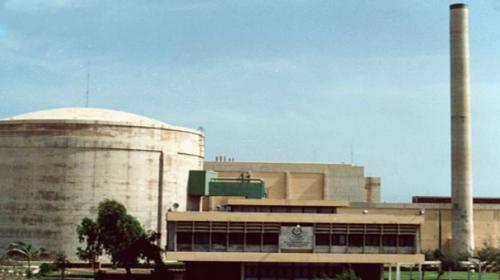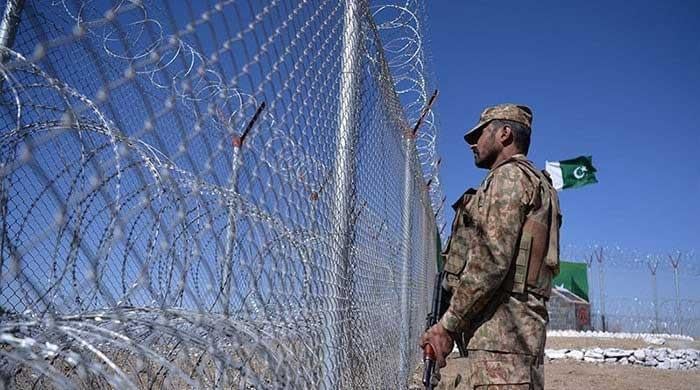Kanupp defends its ambitions, rules out doomsday scenario
KARACHI: As independent scientists, environmentalists and civil society organizations continue their campaign to oppose Pakistan’s decision to build two more nuclear reactors in Karachi,...
May 25, 2015

Pakistan is building two more nuclear reactors of 1100 megawatt each at Karachi coast in collaboration with China to overcome crippling energy crisis. The twin plants are scheduled to generate 2200 megawatt electricity within next five-six years.
During a visit to country’s first nuclear facility, the KANUPP and site of K2 and K3, reporters were briefed on the safety measures as well as its prospects as viable and effective contributor to power generation.
Afzar Minhaj, general manager of KANNUP, said Pakistan has saved millions of dollars in oil export bills due to power generations at country’s nuclear reactors.
A detailed presentation during the briefing argued: “The nuclear energy is only affordable mature option for clean energy. Karachi that too is faced with acute power shortage has to contribute in energy generation rather to remain dependent. K-2 and K-3 projects will provide clean energy, overcoming the power shortage and leaving minimum impact on environment”.
To a question as to why the country can’t rely on solar, wind and hydro options for power generation, the authorities believed that Karachi is not the best place to take advantage of these alternatives.
“You need 500 acres land to establish a solar energy plant of 100 megawatt while K-2 and K-3 that will generate 2200 megawatt energy are being built on 585 acres. This space is enough to set up more such plants,” said Azfar Minhaj.”
He said the hydro power generation, though environment friendly, has certain issues as well and so is the case with solar power.
Discussing public perception on nuclear disasters, he said concerns about radiation related emergencies in power plants originally emanate from World War II nuclear attacks on Japan.
Citing different reports from international organizations on nuclear accidents, he said more deaths were caused by evacuation than radioactivity in Japan’s Fukushima disaster that was caused by a tsunami in 2011. “Not a single death was caused due to radioactivity in Three Miles Island fiasco despite core meltdown while 28 deaths were caused by Chernobyl accident due to radioactivity.”
“We have built our plants 12 meter above sea level after conducting a seismic survey based on past Tsunami that hit Karachi cost in 1945. The solid structure and strict safety measures at KNUPP completely rule out the doomsday scenario where power plants are destroyed but Karachi survives.”
A senior official said mock evacuations and other such exercises were also undertaken in adjacent areas as part of a contingency plan to cope up with emergencies. Apart from that, he said 10 detectors have also been installed in 10 different areas of the city that gauge the radioactivity. Some areas including Sadder, Gulshan-e-Iqbal, Orangi Town, Federal B Area, North Karachi, Drig Colony, KANUPP Colony, Abdul Rehman Goth and Faqeer Muhammad Goth were also under KANNUP surveillance.
The KANNUP has also setup a Desalination Demonstration Plant in its premises that has been catering its needs for drinking and other purposes since 2010. A senior official said the plant at KANNUP is producing 400,000 gallons water per day that not only meets its own needs, but “we are also supplying it to nearby villages through tankers”.
The KANNUP is also making efforts to address health issues of the people living in nearby villages through sending mobile nursing units. “We have frequently arranged gatherings with elders of nearby Goths to resolve their issues that they share with us,” he said.
All in all, with more and more countries embarking on plans to lay their hands on civil nuclear technology, it seems Islamabad too is not ready to miss out on its socioeconomic development. It appears determined to go ahead with its civil nuclear program to overcome power crisis that has crippled the country’s economy.









